If our universe is actually inside a black hole and other black holes are creating other universes, then the reality we know is just a small part of an endless web of universes - Photo: Womanias
This bold hypothesis was put forward by a research team led by Professor Enrique Gaztañaga of the Institute of Space Sciences , University of Barcelona (Spain). The work has just been published in Physical Review D, one of the world's most prestigious physics journals.
Controversial hypothesis: The universe is cyclical, not initiatory
Accordingly, instead of appearing from nothing like the traditional Big Bang model, our universe is the result of a cosmic cycle that has no beginning or end. Specifically, the previous universe, called the "mother universe", after going through a contraction phase, did not collapse completely but bounced back due to a quantum effect, creating a new universe from within a black hole.
The key to Gaztañaga's model is the application of the Pauli exclusion principle, a fundamental law of quantum mechanics that states that two fermions (such as electrons, neutrons, etc.) cannot exist in the same quantum state.
That means that as the parent universe contracts to an extremely high density, the quantum repulsion between particles prevents it from collapsing completely into a singularity, thereby causing a "bounce" and re-expansion, forming a new universe.
Unlike many previous theoretical models of the universe that required hypothetical particles or unproven force fields, Gaztañaga's model lies entirely within the framework of Einstein's general relativity and widely accepted quantum physics.
Black holes are not dead spots?
If this hypothesis is correct, then black holes are no longer "places where everything disappears forever", but are "cosmic wombs" where new universes are born. This also means that we, creatures in this universe, are existing inside a black hole of the mother universe.
This view turns the long-held view of black holes and the Big Bang on its head. Instead of an absolute beginning from a singularity, it is a link in the endless chain of rebirths of successive universes.
What makes this model particularly remarkable is its experimental testability. The team makes some specific predictions: the universe should have a very small positive spatial curvature (meaning it is not perfectly flat, as many traditional Big Bang models do) and a small but measurable cosmological constant.
These two parameters could be tested by upcoming space observation missions such as the Arrakihs satellite and the European Space Agency's (ESA) Euclid telescope. If these instruments confirm the parameters predicted by Gaztañaga's team, the "black hole universe" model would become a turning point in the history of physics.
Great changes in astronomy and philosophy
If our universe is actually inside a black hole and other black holes are creating other universes, then the reality we know is just a small part of an endless web of universes.
More than just a physics problem, this hypothesis raises profound philosophical questions: If the universe is an infinite series of “lives,” what do time, space, and life mean in the bigger picture? What does this eternal repetition suggest about the question: “Where did we come from, and where are we going?”
The story of the origin of the universe is still being written every day. Although more evidence is needed to confirm it, the model of the universe bouncing back from a black hole is a remarkable step forward in the journey to understand the universe.
In the not-too-distant future, scientists may find the ultimate answer: was the Big Bang really the beginning or just a chapter in an endless cosmic novel?
MINH HAI
Source: https://tuoitre.vn/trai-dat-co-the-dang-o-trong-mot-ho-den-vu-tru-cuc-lon-20250609220752867.htm



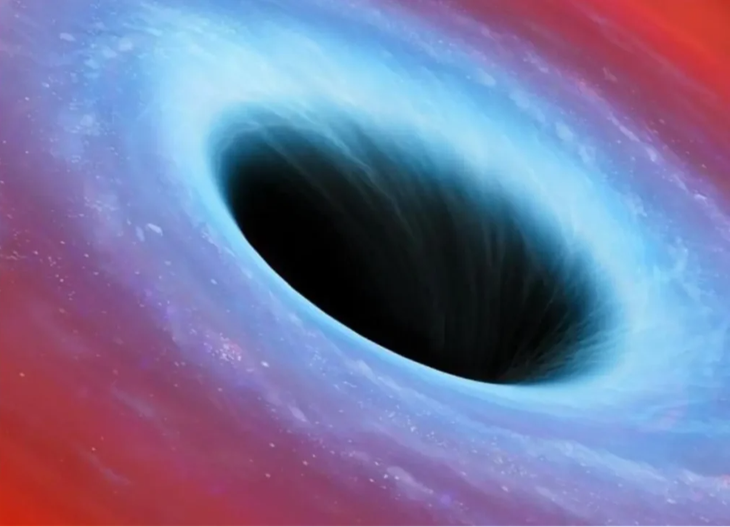
![[Photo] Prime Minister Pham Minh Chinh attends the 80th anniversary of the founding of Voice of Vietnam Radio Station](https://vphoto.vietnam.vn/thumb/1200x675/vietnam/resource/IMAGE/2025/9/7/abdcaa3d5d7f471abbe3ab22e5a35ec9)


![[Photo] General Secretary To Lam attends the 55th anniversary of the first television program broadcast](https://vphoto.vietnam.vn/thumb/1200x675/vietnam/resource/IMAGE/2025/9/7/8b8bd4844b84459db41f6192ceb6dfdd)






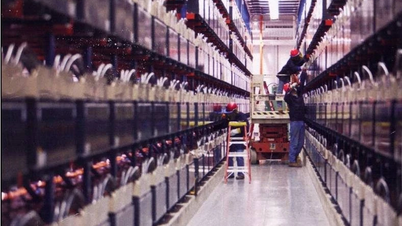





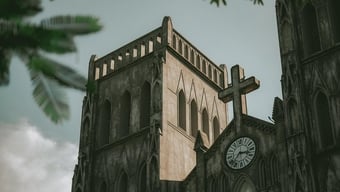






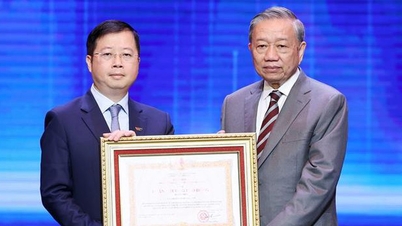






















![[Highlight] VIMC's mark at the National Achievement Exhibition](https://vphoto.vietnam.vn/thumb/402x226/vietnam/resource/IMAGE/2025/9/7/932133a54d8b4becad48ef4f082f3eea)






![[COMING UP] Workshop: Resolving concerns for Business Households about eliminating lump-sum tax](https://vphoto.vietnam.vn/thumb/402x226/vietnam/resource/IMAGE/2025/9/7/5627bb2d0c3349f2bf26accd8ca6dbc2)


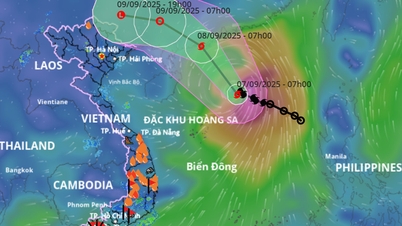

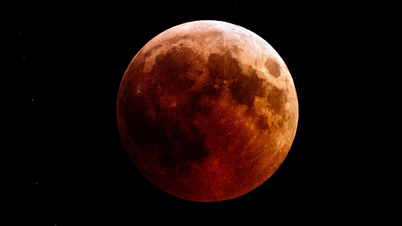








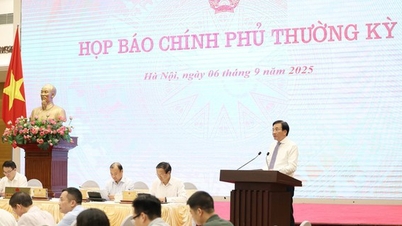


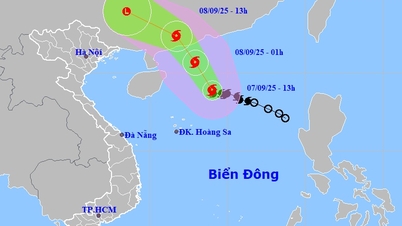










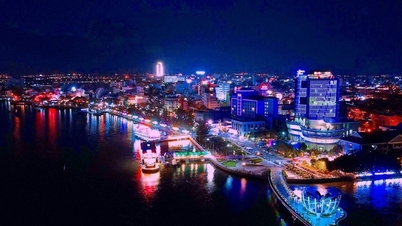














Comment (0)